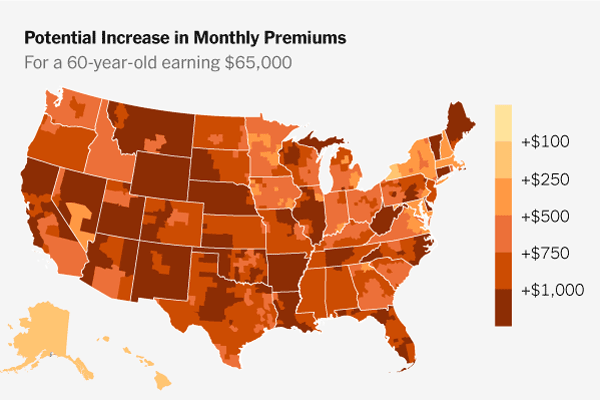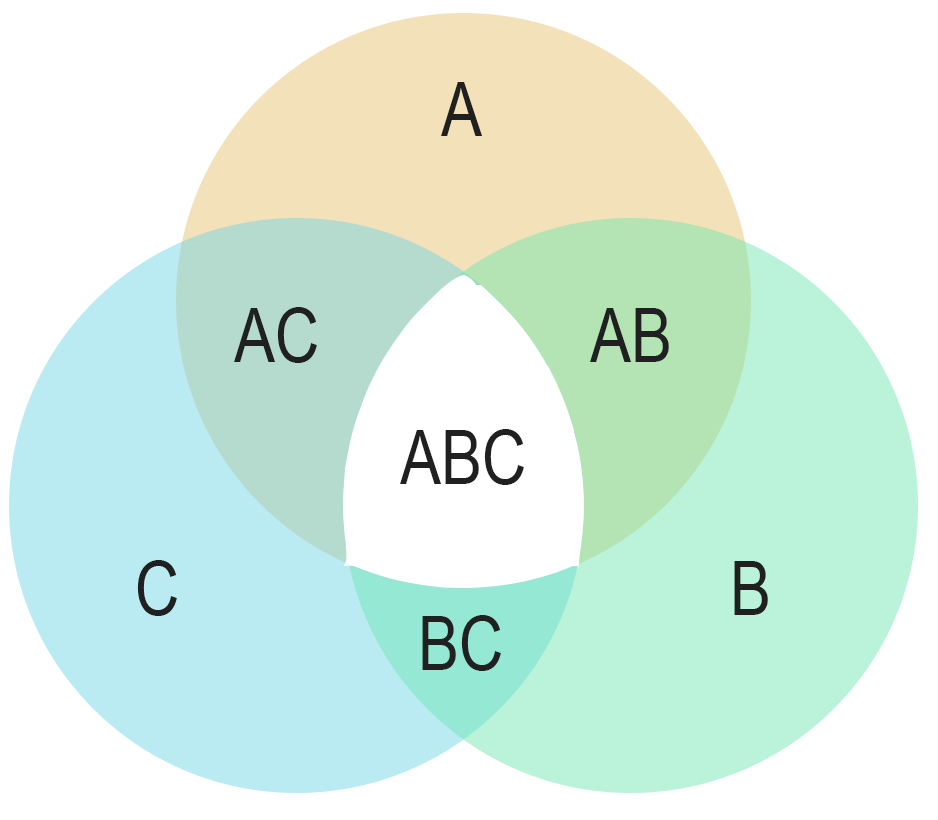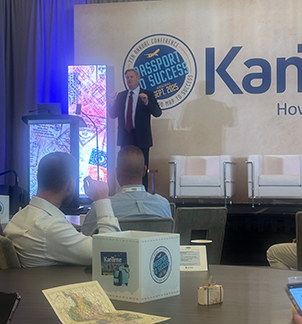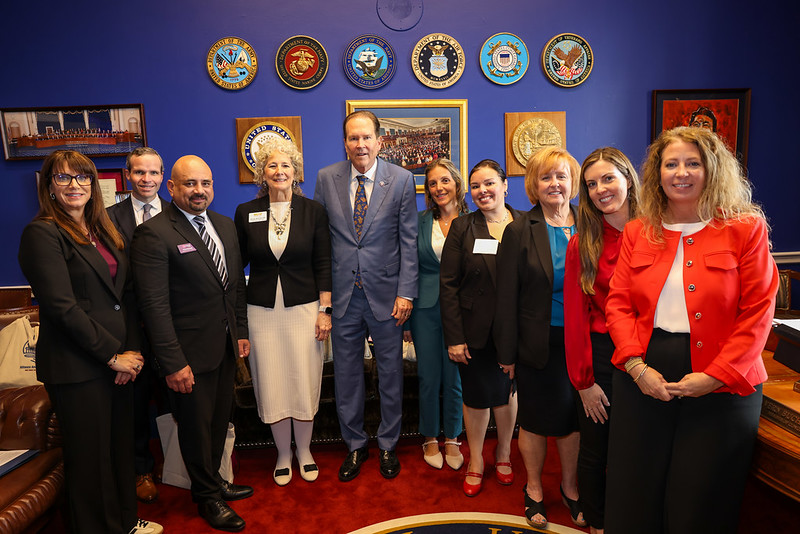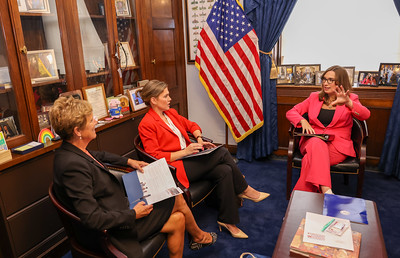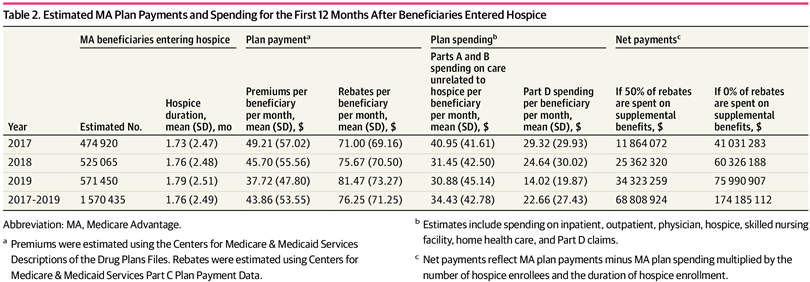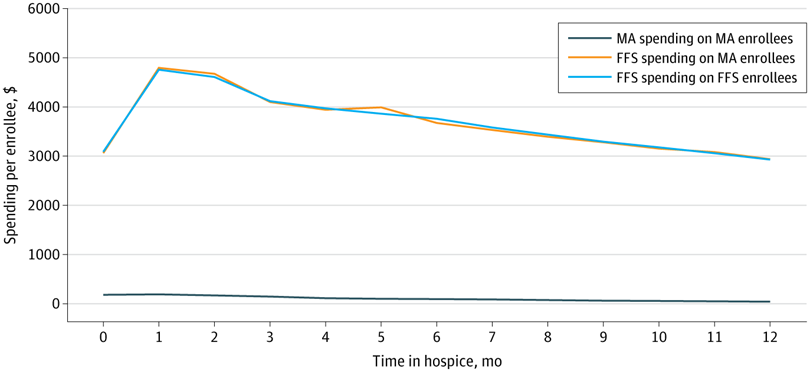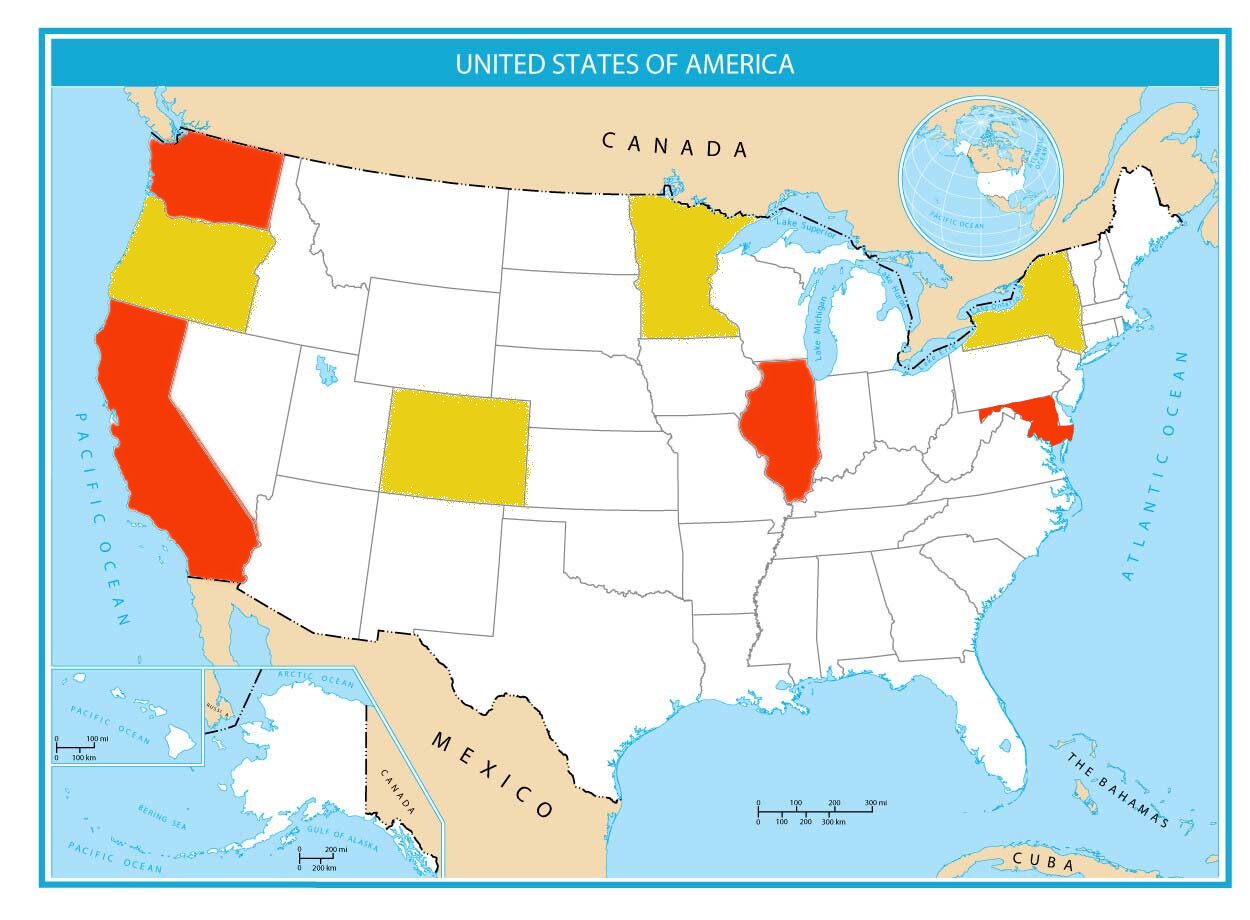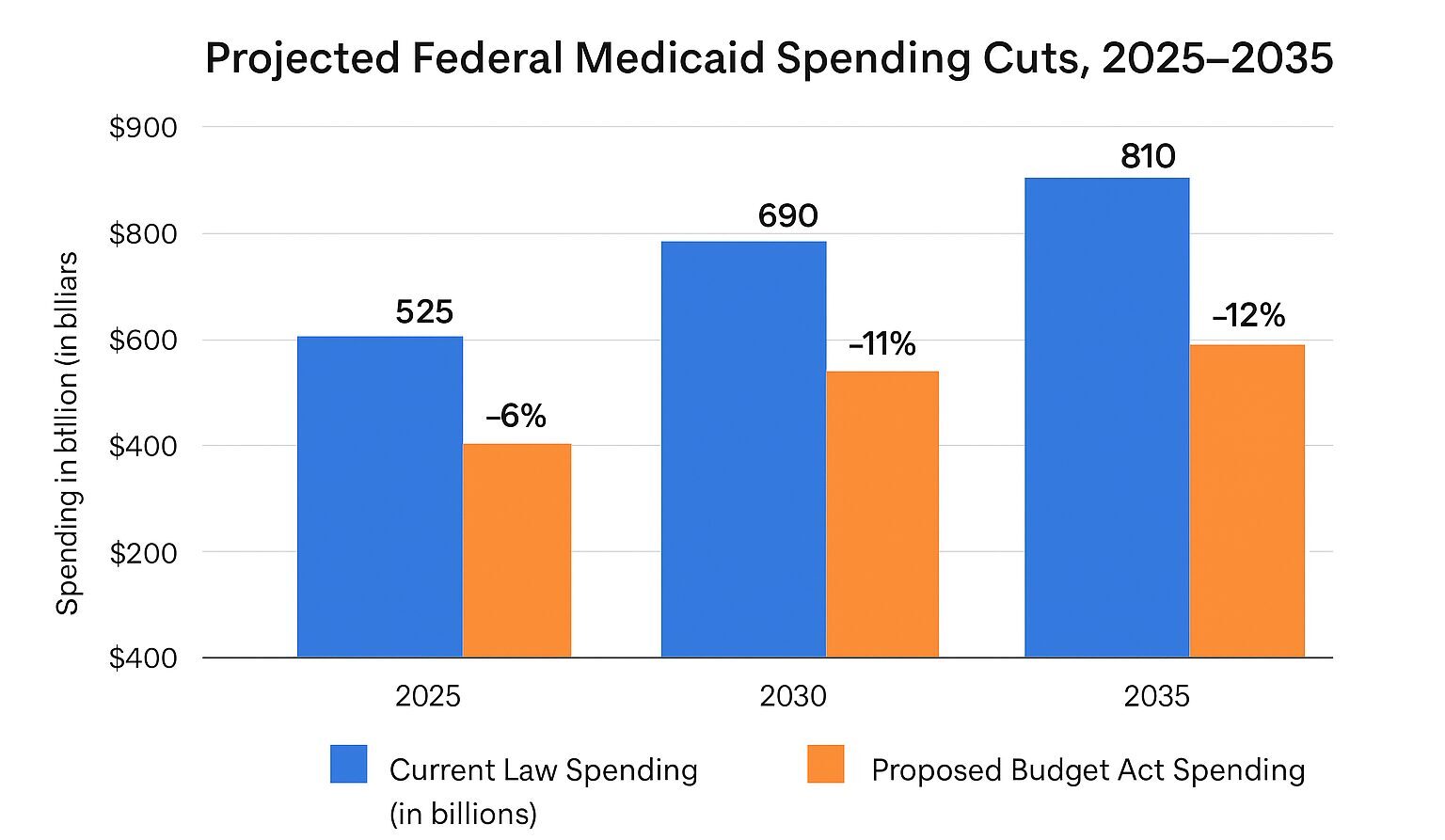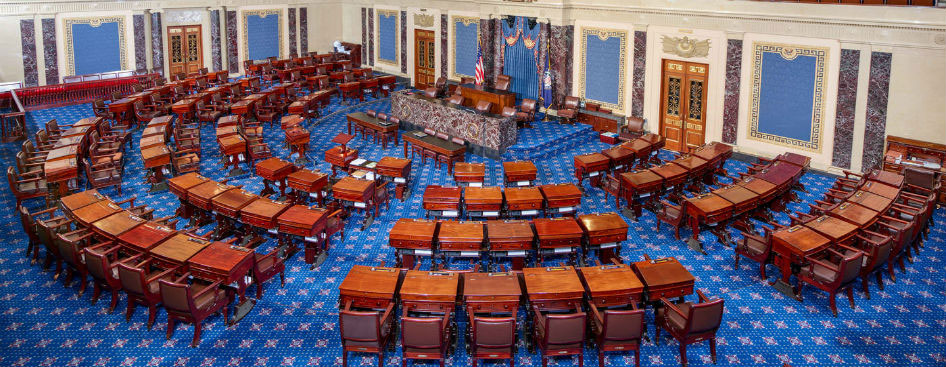Second Longest Shutdown Since 1980
Medicaidby Kristin Rowan, Editor
Second Longest Shutdown Since 1980
–As of October 30, 2025–
Shutdown day 30
Subsidy Standoff
Senate Majority Leader John Thune spoke with MSNBC about the shutdown and the subsidy expiration. “Shouldn’t people who are signing up during open enrollment know what they’re signing up for?,” MSNBC asked. Thune said the first step has to be opening the government before that conversation happens, not in the context of the budget talks. According to Thune, the Republican party objects to the current operation of the subsidy program and the incentive structure needs reform.
Subsidy Standoff Not to Blame
Current estimates show insurance premiums rising by 18% – 22% in 2026. Leader Thune suggests that only a “tiny percentage” of that increase is due to the expiration of the enhanced subsidies and the rest is coming from the insurance companies. He says premiums should not being going up by this much and the extreme rate increase is because of waste, fraud, and abuse, and the lack of incentives for insurance companies to lower costs.
No Reform, No Subsidy
Throughout the interview, Leader Thune would not commit to
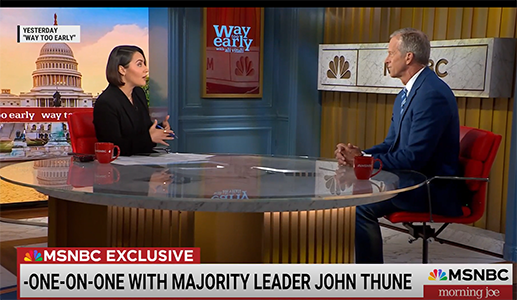
negotiating with Democrats, would not guarantee subsidies would be saved, and would not commit to voting for any extension without at least lowering income caps back to pre-COVID levels.
After the Senate session today, Thune spoke to reporters, indicating there was a “higher level of communication” happening. He went on to repeat his earlier statement to MSNBC.
“…there are a lot of rank-and-file members that continue, I think, to want to pursue solutions and to be able to address the issues they care about, including health care, which … we’re willing to do, but it obviously is contingent upon them opening up the government.”
(Un)lucky Number 13
October 28th marked the 13th vote put to the Senate to reopen the government in 28 days. The Senate reconvened yesterday and plan to vote again today, October 30th. Senators have mixed opinions about the likelihood of an agreement now that deadlines for military pay, SNAP benefits, and other programs close in.
Senate Minority Leader Chuck Schumer (D) said negotiations were “occasional” and that Republicans haven’t offered anything different from the original House-passed budget.
Senator Lindsey Graham (R) said resolving the differences on health care would come after the government reopens. “I’m hoping next week, hopefully after the election, that we can get the government back open, talking about our differences on health care.”
Senator Thom Tillis (R) states there is no evidence that formal negotiations are happening, just discussions.
When Will it End?
The Senate is expected to vote today, October 30th. The measure needs 60 affirmative votes to pass. The vote to automatically continue without discussion failed 37-61. The subsequent votes to temporarily fund the government through November 21st failed 55-45 on October 1 and 54-45 on October 28. Senator Jim Justice (R-WV) voted yes in the first vote, but did not vote yesterday.
If I Were a Gambler...
The rumors and accusations fly on both sides about who is to blame for the shutdown. There are betting sites placing odds on the date the standoff will end. I’m no political expert, but I think there’s something else going on. I believe both sides are playing risky games and that neither side knows the rules to the other’s game. I think both sides know the exact date they will each agree to end this standoff. And I’m sure there are underlying motives that have nothing to do with what they’re telling us.
We will continue to report on this ongoing story as more information becomes available.
# # #


Kristin Rowan has been working at The Rowan Report since 2008. She is the owner and Editor-in-chief of The Rowan Report, the industry’s most trusted source for care at home news, and speaker on Artificial Intelligence and Lone Worker Safety and state and national conferences.
She also runs Girard Marketing Group, a multi-faceted boutique marketing firm specializing in content creation, social media management, and event marketing. Connect with Kristin directly kristin@girardmarketinggroup.com or www.girardmarketinggroup.com
©2025 by The Rowan Report, Peoria, AZ. All rights reserved. This article originally appeared in The Rowan Report. One copy may be printed for personal use: further reproduction by permission only. editor@therowanreport.com

